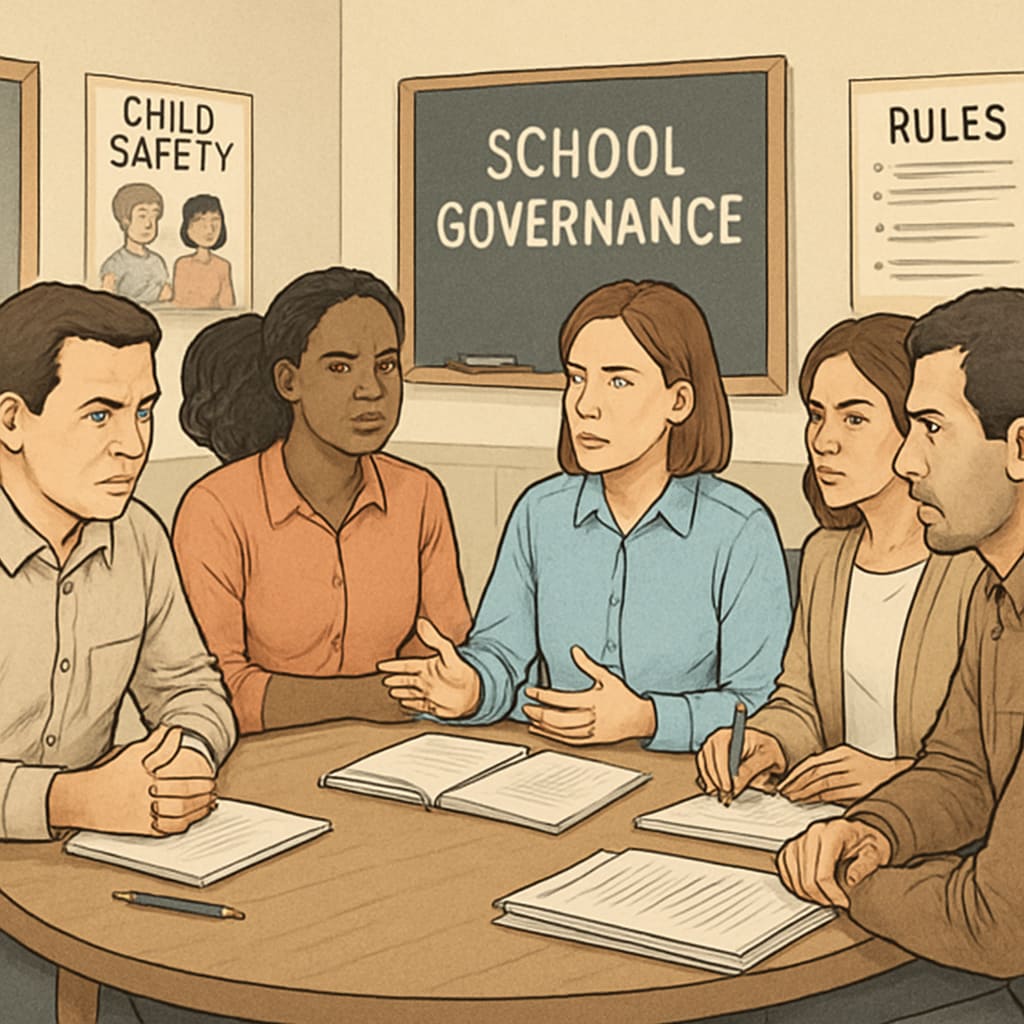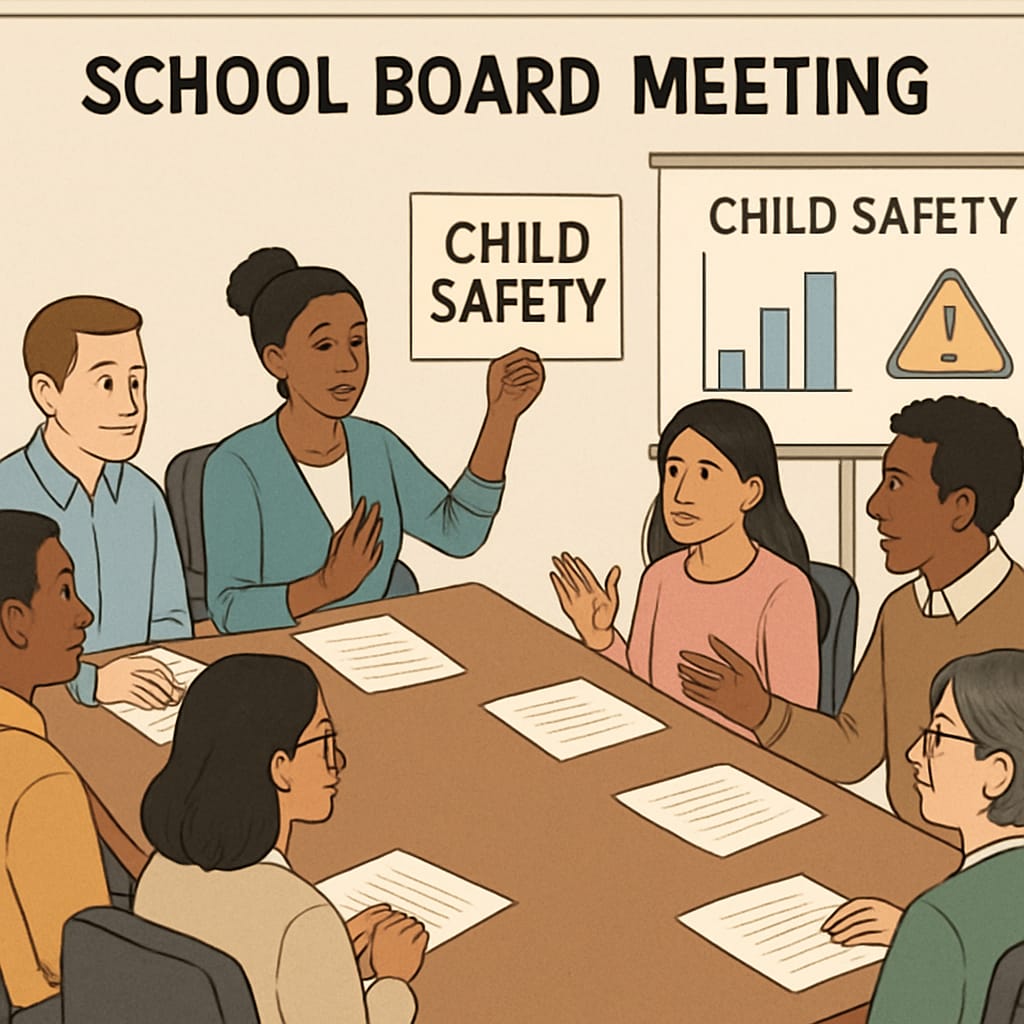When individuals with a history of child abuse are appointed to positions in school boards, the community faces an urgent dilemma. Balancing educational governance with the need to protect children’s safety becomes a pressing concern. This article explores the severity of this issue and outlines actionable strategies that community members can employ to ensure the safety and fairness of the education system.
Understanding the Impact of Child Safety Concerns on School Governance
School boards play a critical role in shaping the policies and operations of educational institutions. However, when someone with a history of child abuse assumes a role within these boards, it can undermine trust, compromise safety, and create ethical conflicts. For example, such appointments can lead to concerns about decision-making transparency, safety protocols, and the overall integrity of the school system.
According to Britannica, school boards are responsible for overseeing district policies, budgeting, and the welfare of students. Having individuals with problematic pasts in these roles can disrupt this balance, making it imperative for communities to step in and demand accountability.

Strategies for Community Action Against Unsafe Appointments
To address this issue effectively, communities need to mobilize and take action. Below are several strategies that can help:
- Raise Awareness: Inform fellow parents, educators, and community members about the individual’s history and potential risks. Use social media campaigns, town hall meetings, or local newsletters to spread the word.
- Seek Legal Guidance: Research whether local or national laws prohibit individuals with child abuse records from holding positions in school governance. If such regulations exist, work with legal professionals to enforce them.
- Petition for Removal: Organize petitions to request the removal of the individual from the school board. A collective voice carries more weight and can influence decision-makers.
- Advocate for Policy Change: Lobby for stricter vetting processes for school board members. Ensure future appointees are thoroughly screened to avoid similar issues.
- Engage with Media: Local media outlets can amplify the community’s concerns, putting pressure on the school board to reconsider unsafe appointments.
These steps can help ensure that the safety of students remains a top priority while maintaining the integrity of school governance.

Collaborating with Stakeholders to Ensure Long-Term Solutions
Effective community action requires collaboration with various stakeholders. Parents, educators, child welfare organizations, and local government officials can work together to create safer environments. For example, partnering with child protection agencies can provide expert insights into designing robust safety measures for schools.
Additionally, educational institutions must establish clear guidelines about the qualifications and background checks required for school board members. Resources like Child Protection on Wikipedia offer valuable frameworks for understanding how to safeguard children within institutional settings.
Communities can also leverage technology to monitor school board activities and maintain transparency. For instance, public records and live-streamed meetings can ensure that governance remains accountable.
Finding the Balance Between Governance and Child Safety
While school boards are essential for effective educational administration, they must operate with the highest standards of ethical accountability. Communities have a vital role in ensuring that these boards prioritize child safety above all else. By staying informed, taking proactive actions, and advocating for long-term policy changes, residents can safeguard their schools and protect the well-being of future generations.
Ultimately, safeguarding schools requires vigilance and collaboration. Communities must remain steadfast in their efforts to prevent individuals with problematic histories from compromising the safety and integrity of educational institutions.
Readability guidance: The article uses concise paragraphs, clear subheadings, and lists to enhance readability. Transition words like “however,” “in addition,” and “for example” are incorporated throughout to ensure smooth flow. Passive sentences are minimized, making the content direct and actionable.


